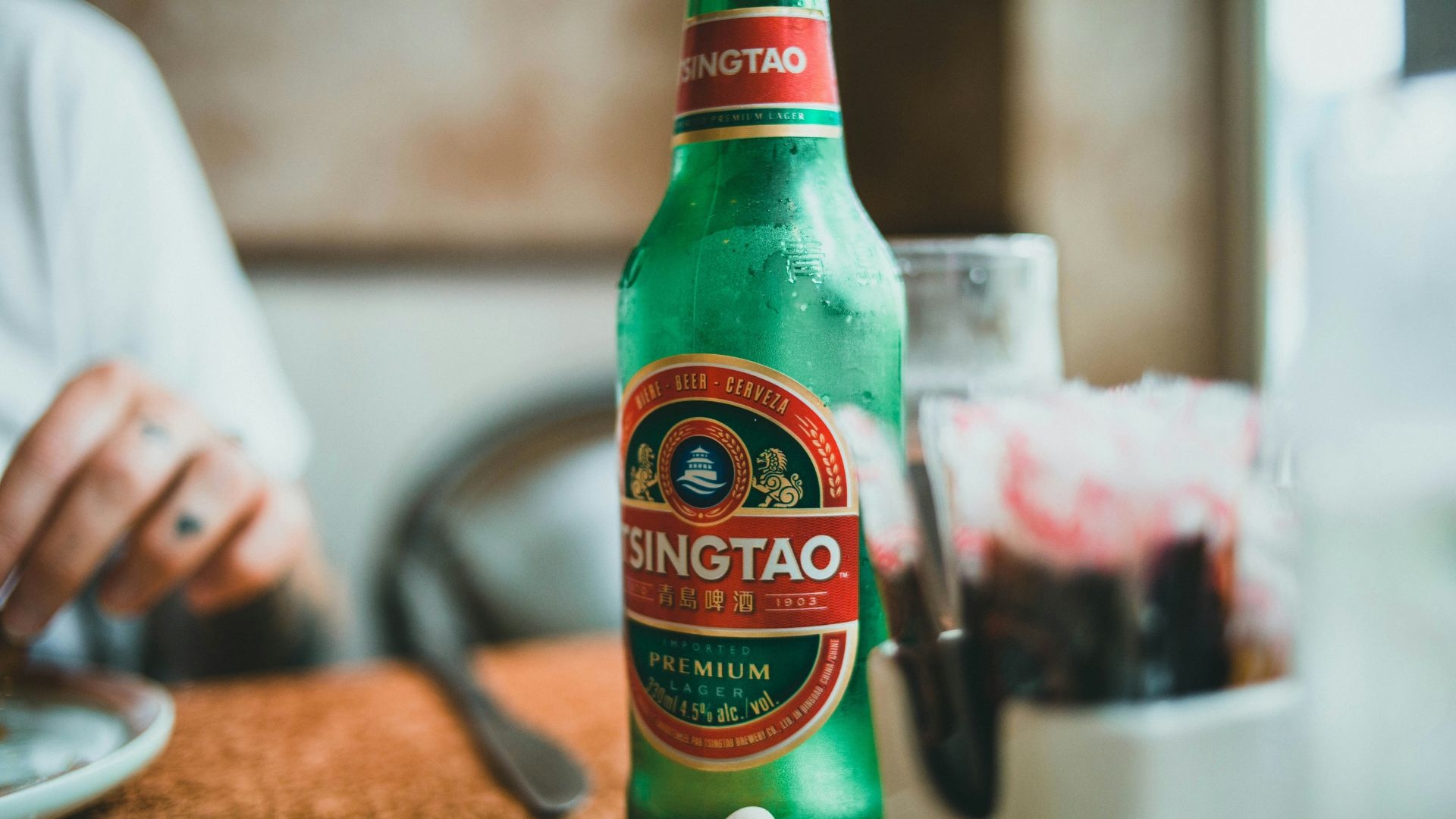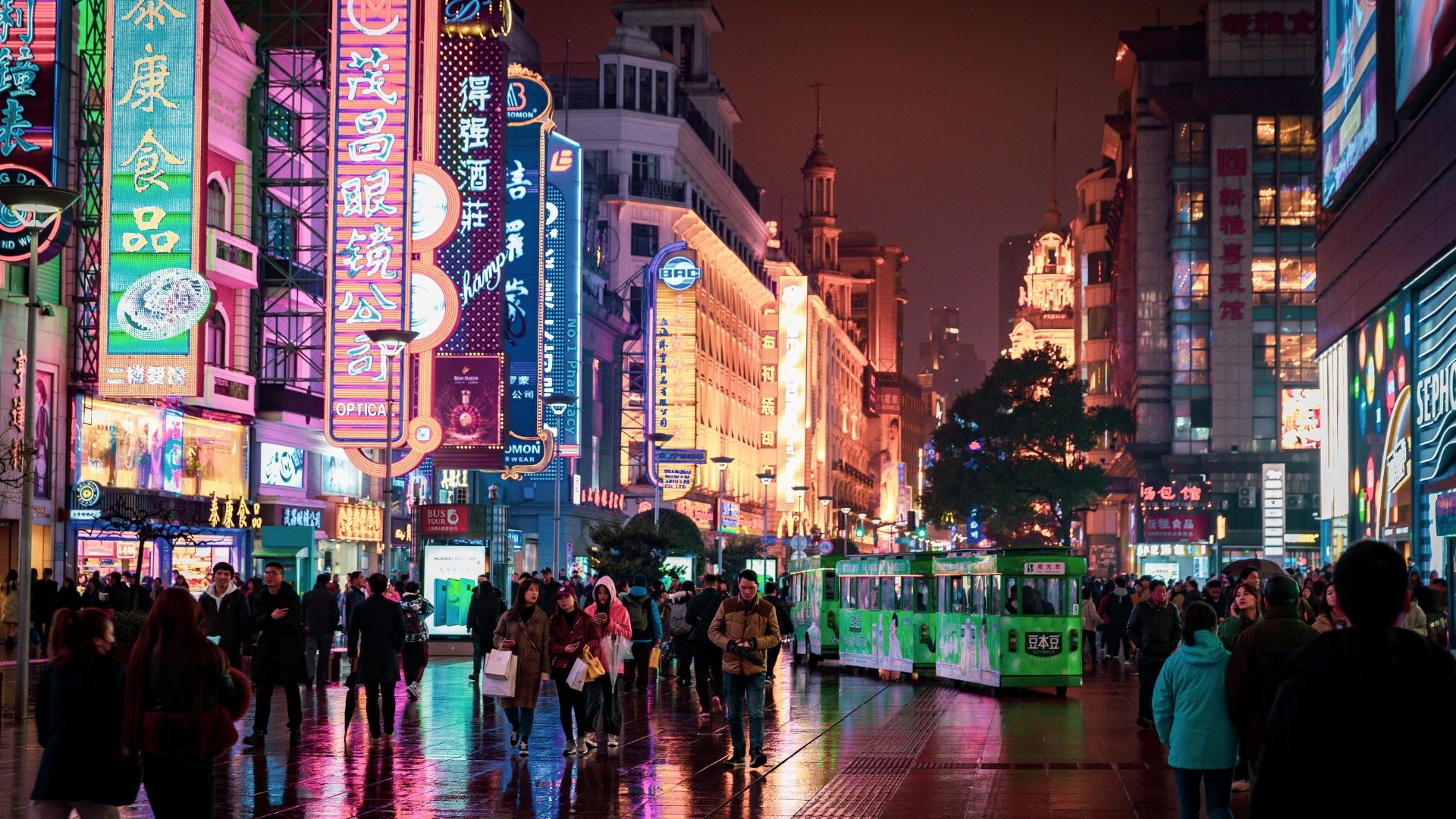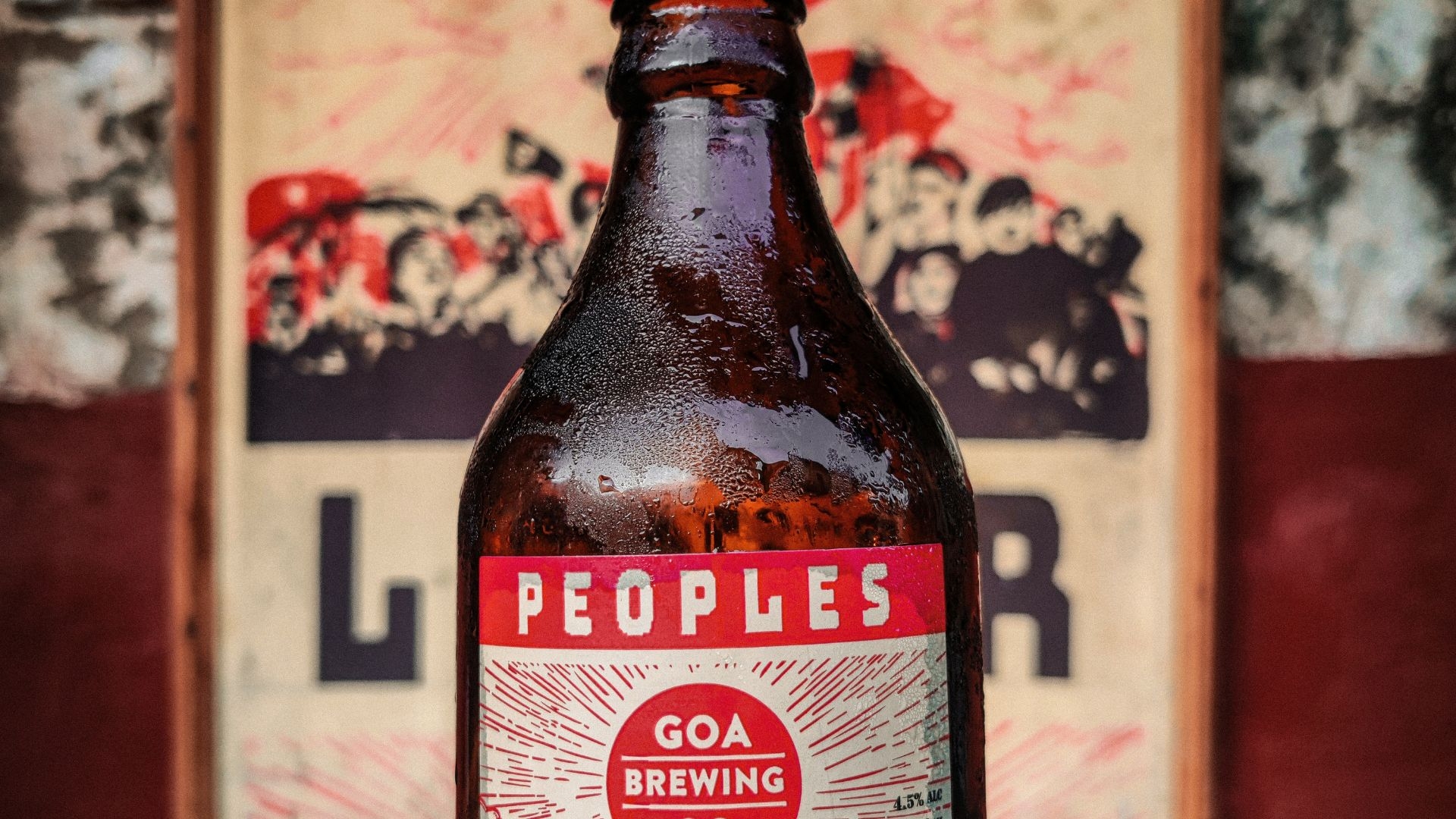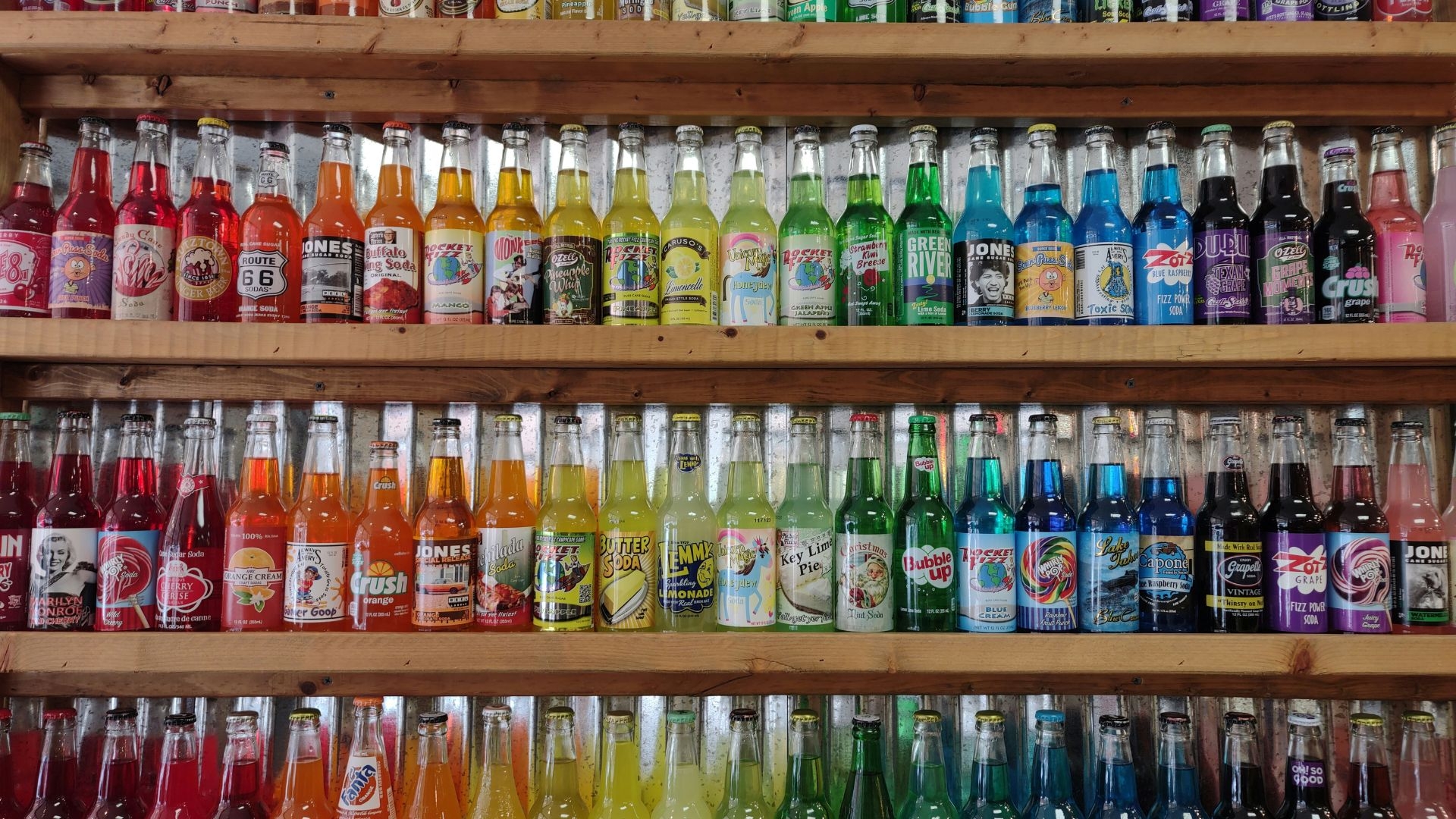A post by
Yogender Malik
freelance writer specializing in Indian and South Asian industry

China is now both the world's largest producer and consumer of beer. The market has developed into one of the most important arenas for international brands and domestic breweries. While the beer business has been characterised primarily by enormous volume growth over the past three decades, the momentum has slowed recently. Instead, a new trend is gaining importance: the demand for high-quality, so-called premium beers.
Released on 02/09/2025


A post by
Yogender Malik
freelance writer specializing in Indian and South Asian industry
China is the largest beer market in terms of volume, accounting for around a quarter of global beer consumption. In 2024, the country maintained its leading position as the largest beer producer and consumer for the 20th consecutive year. After experiencing rapid growth between 1990 and 2014, the Chinese beer market is currently in a transitional phase. The last few years have not been very successful for domestic breweries in terms of volume growth. In 2024, China produced around 35.21 billion litres of beer, a slight decrease from the 35.56 billion litres produced in 2023. By comparison, In 2022, China produced 35.69 billion litres of beer, an increase of one per cent from the 35.35 billion litres produced in 2021.
With per capita consumption at around 35 litres, the Chinese beer market offers breweries immense opportunities to capitalise on the huge population with low per capita consumption. The high and rapid urbanisation in China over the last two decades has been one of the most important drivers of demand for the brewing industry. This trend has led to a change in lifestyle, especially among younger people, making it easier for them to buy, afford and consume beer.
The year 2014 is often referred to as a turning point in the Chinese brewing industry. That year, China's beer production fell by almost 3 per cent to 49 billion litres (source: Chinese National Bureau of Statistics) for the first time in 24 years. In the following years, the industry either recorded very low volume growth or a decline in production. In the Covid-affected years of 2020, 2021 and 2022, the country's brewing industry experienced a huge decline in volume.
Entering the mature phase forced Chinese breweries to focus on margins rather than volume or revenue growth. Companies are improving their margins by shifting their portfolio to premium brands and revamping their product range (developing new products, upgrading existing products and discontinuing less popular lower-priced products) as well as closing less efficient breweries.
Domestic brands have a firm grip on the Chinese beer market, making it difficult for foreign brands to take market share away from these manufacturers. The domestic brands CR Beer Snow, Tsingtao Brewery and Yanjing Beer together have a market share of more than 65 per cent. CR Beer is the clear market leader with an estimated market share of 32.0 per cent, followed by Tsingtao Brewery and Yanjing Beer. CR Beer Snow has a dominant position in Sichuan, Northeast China and East China; Tsingtao Beer has higher sales volumes in Shandong and Shaanxi provinces, while Yanjing Beer is popular in Beijing, Inner Mongolia and Guangxi.
A handful of beer brands dominate the Chinese beer market in terms of volume. Snow Beer (China Resources Holdings), Tsingtao Beer (Tsingtao Brewery), Harbin Beer (Anheuser-Busch InBev), Budweiser (Anheuser-Busch InBev) and Yanjing Beer (Beijing Yanjing Brewery) together account for more than half of the total beer market.
Low-alcohol and non-alcoholic beers have become very popular in China over the last decade. Driven by younger consumers from Generations Y and Z, these beers have become a trend in some cities. All major breweries have launched their low-alcohol and non-alcoholic brands in recent years.
The trend towards premiumisation has been the most important feature of the Chinese brewing industry for several years. Changing consumer preferences and global influence have made premium beers and international beer brands more attractive to a large part of the Chinese population. All of the country's major breweries have focused on developing and promoting their premium products to meet the rapidly growing demand in this sub-segment.
Beers priced at 8 RMB and above are considered premium beers in China. Beer consumers in the country tend to favour these more expensive products and place greater emphasis on product quality than quantity. This trend is particularly pronounced among consumers with higher purchasing power and younger age groups.
China's largest conglomerate, China Resource, recorded a year-on-year increase of over 9 per cent in sales volume in the premium beer segment and above. Among the company's key premium products, Heineken achieved growth of almost 20 per cent, Lao Xue and Amstel doubled their sales volume, and sales volume of the premium product Li rose by 35 per cent compared to the previous year.
At China's second-largest brewery company, Tsingtao, the share of mid- to high-priced beers rose by 2 per cent to 42 per cent. Similarly, Budweiser APAC is focusing on premiumisation and expansion to further drive momentum in the Chinese market. The company plans to further strengthen its position with premium and super-premium products.
Similar to the global industry, packaging has become one of the biggest cost drivers for Chinese brewers. The country's breweries are working closely with packaging suppliers to reduce packaging costs. For example, to minimise production costs, CR Beer has collaborated with four major glass bottle suppliers and invested RMB 18 million in research and development to solve technical problems, reduce bottle wall thickness, reduce bottle weight and improve strength. In 2024, the company recycled a total of 9.86 billion used glass bottles, resulting in savings of 4,025,167 tonnes of glass raw materials, which corresponds to a reduction of 4,107,965 tonnes of CO2 emissions from glass production.
CR Beer's management explains: ‘By reducing the weight of glass bottles, CO2 emissions are expected to be reduced by 20,000 tonnes per year, and the energy consumption and CO2 emissions of a single bottle are expected to be reduced by 16 per cent.’ In the field of metal/can packaging, the company is working with leading can manufacturers and aluminium material manufacturers to promote the ‘can-to-can’ cycle in beer packaging and develop cans with varying proportions of recycled aluminium.
China Resources Beer (Holding) Company Limited is China's largest beer producer. The group has been active in the Chinese brewing industry since 1994. Over the years, CRB has grown through mergers and acquisitions to become the largest beer producer in the Chinese beer market. The company has a potential capacity of 18.2 million hectolitres of beer per year. At the end of 2024, the group operated 62 breweries in 25 provinces, municipalities and autonomous regions in mainland China. Since 2006, the company has been the largest Chinese brewery group in terms of sales volume. Its flagship brand, Snow, has been the world's largest single beer brand by sales volume since 2008. ‘Snow’ is also the world's largest beer brand by volume. The company's other brands include Blue Sword, Green Leaves, Huadan, Huadan Yate, Largo, Lowen, New Three Star, Sheng-quan, Shenyang, Singo, Sip, Tianjin, Yatai, Yingshi and Zero Clock.
In 2024, CR Beer achieved total beer sales of around 10,874,000 hl, representing a decline of 2.5 per cent compared to the previous year. The company's beer business recorded a slight decline of 1.0 per cent compared to the previous year, with consolidated sales of RMB 36.48 billion.
Dutch brewer Heineken first entered the Chinese beer market in 1983. However, the company struggled to establish a strong distribution network and secure a significant market share against domestic and foreign competitors. In August 2018, Heineken acquired a 40 per cent stake in China Resource Beer for US$3.1 billion. This is one of the largest transactions in the Chinese brewing sector. As part of the partnership, Heineken has licensed the Heineken brand in China to China Resource Beer on a long-term basis. The Dutch brewer is China Resource Enterprise's exclusive partner for international premium lager beers in China, and both partners will explore which other premium brands from Heineken's portfolio can be licensed to China Resource Beer in China. This move gives Heineken a local foothold and distribution network in a market that has proven difficult for a number of foreign brewers.
This partnership has enabled Heineken to grow rapidly, with total volume in China rising to almost 7 million hectolitres last year. In the early years, Heineken's presence was limited to its strongholds in the south, but the company is now expanding into other regions.
Founded in Qingdao in 1903, Tsingtao Brewery (pronounced ‘Ching-dow’) is China's second largest beer producer. Its predecessor was founded in 1903 by the Anglo-German Brewery, which was established by German and British residents of Qingdao in Shandong Province. The manufacturing process, equipment and raw materials were all imported from Germany, with the exception of the spring water, which comes from the Laoshan mountain area and gives the beer its distinctive taste.
Tsingtao beer is the brewery's flagship product and accounts for the majority of its production. Tsingtao beer has long been advertised with the slogan ‘brewed with mineral water from the Laoshan spring’, which contributes to its characteristic taste. However, this only applies to beer produced in Qingdao, not to beer from the company's other breweries. The company operates 57 breweries in 20 provinces in China. The company has a strong domestic and international distribution network and sells its products in over 120 countries. In 2023, Tsingtao Brewery held a share of about 18 per cent of the Chinese beer market and achieved sales of 7.5 million hectolitres with a production capacity of 14.2 million hectolitres.
Carlsberg China is the fourth-largest beer group in China with 26 breweries in 9 provinces and a nationwide distribution network. The company's first brewery was established in Huizhou on the Chinese mainland in 1995 and remains one of Carlsberg China's most important production sites. Carlsberg China has a strong ‘6+6’ brand portfolio, namely 6 international premium brands such as Carlsberg, Tuborg, 1664, Grimbergen, Brooklyn and Somersby, and 6 strong local brands such as Wusu, Chongqing, Xixia, Dali, Wind Flower Snow Moon and Jing A.
AB InBev was the largest foreign beer producer in China before Heineken acquired a 40 per cent stake in China Resource Beer in 2018. Anheuser-Busch InBev, currently ranked third in the Chinese brewing industry, first entered the Chinese market in 1984 by providing technology transfers to the Zhujiang Brewery in Guangzhou. Starting in 1998, the company merged with or entered into partnerships with a number of leading Chinese breweries, including Jinling, KK, Double Deer, Shiliang, Baisha and Jinlongquan. In May 2006, the company doubled its business in China by acquiring 100 per cent of Fujian Sedrin Brewery. With the merger of Anheuser-Busch and InBev in 2008, the position of the merged company was strengthened by the complementary locations of both companies.
The state-owned Beijing Yanjing Brewery was founded in Beijing in 1980. The company is the fourth largest brewer in China with an estimated market share of about 9 per cent in terms of volume. The company was formerly known as Shunyi County Brewery and was renamed Beijing Yanjing Brewery Co., Ltd. in March 1984. Currently, Yanjing Beer has a market share of over 85 per cent in Beijing and over 50 per cent in northern China. It is present in five core market regions with strong performance, namely Beijing, Guangxi, Fujian, Hubei and Inner Mongolia, and operates over 30 production facilities in more than 10 provinces and municipalities in China with an annual sales volume of around 4.5 million hectolitres.

Market data
A post by Susanne Blüml
Read more

Market data
A post by Yogender Malik
Read more

Market data
A post by Susanne Blüml
Read more

Market data
A post by Eugene Gerden
Read more